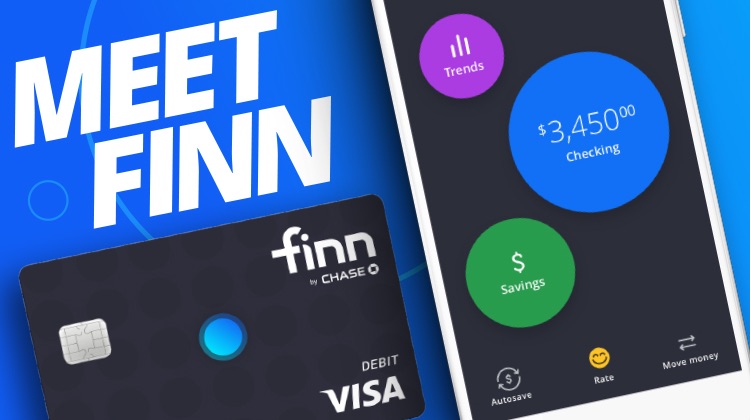The Customer Effect
Inside Chase’s strategy for digital-only brand Finn
- Chase's digital-only banking brand Finn is scaling gradually to continuously evolve with the needs of users
- Finn's strategy is part of a new approach banks are taking to products, empowering customers to be product developers








